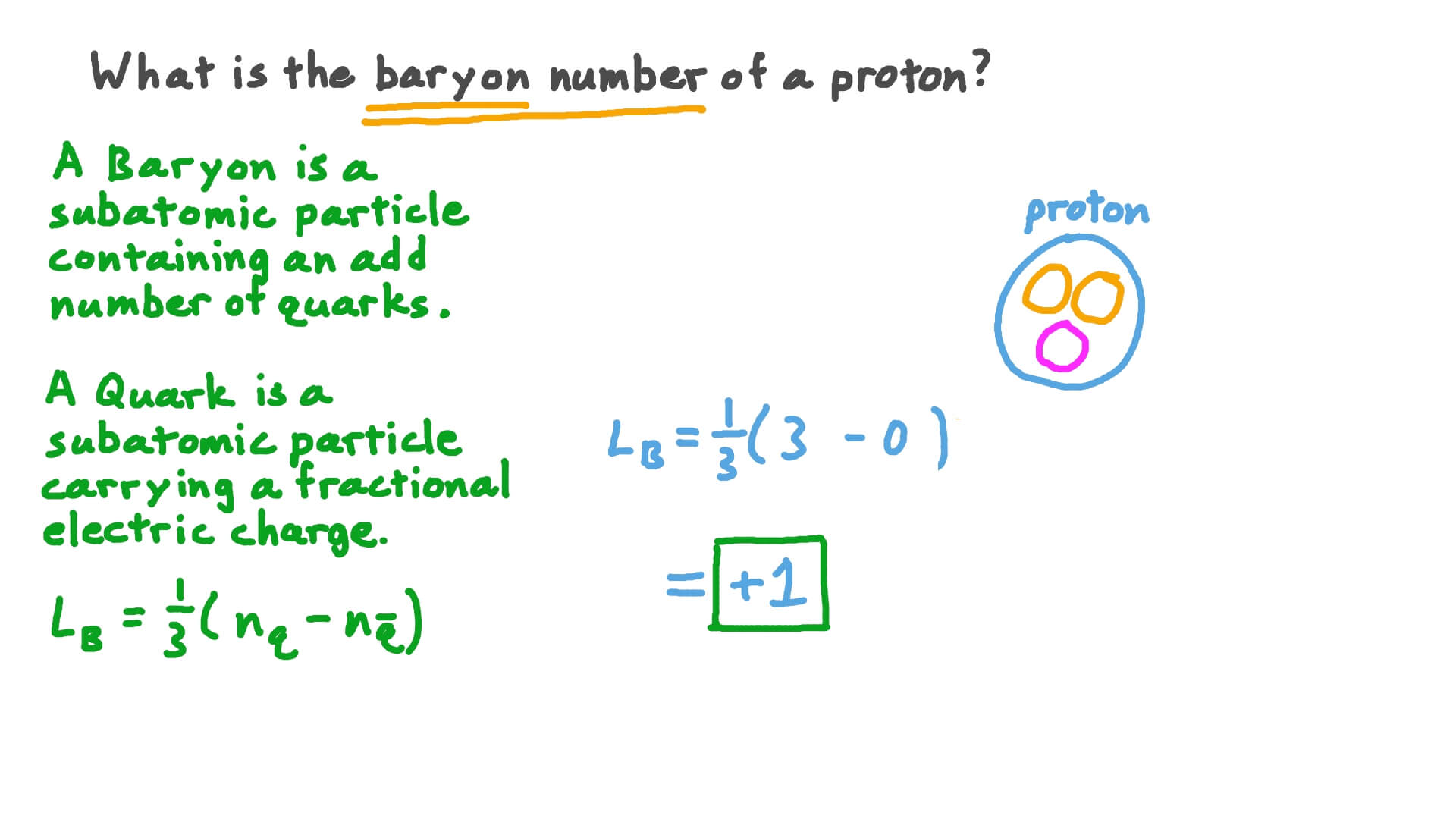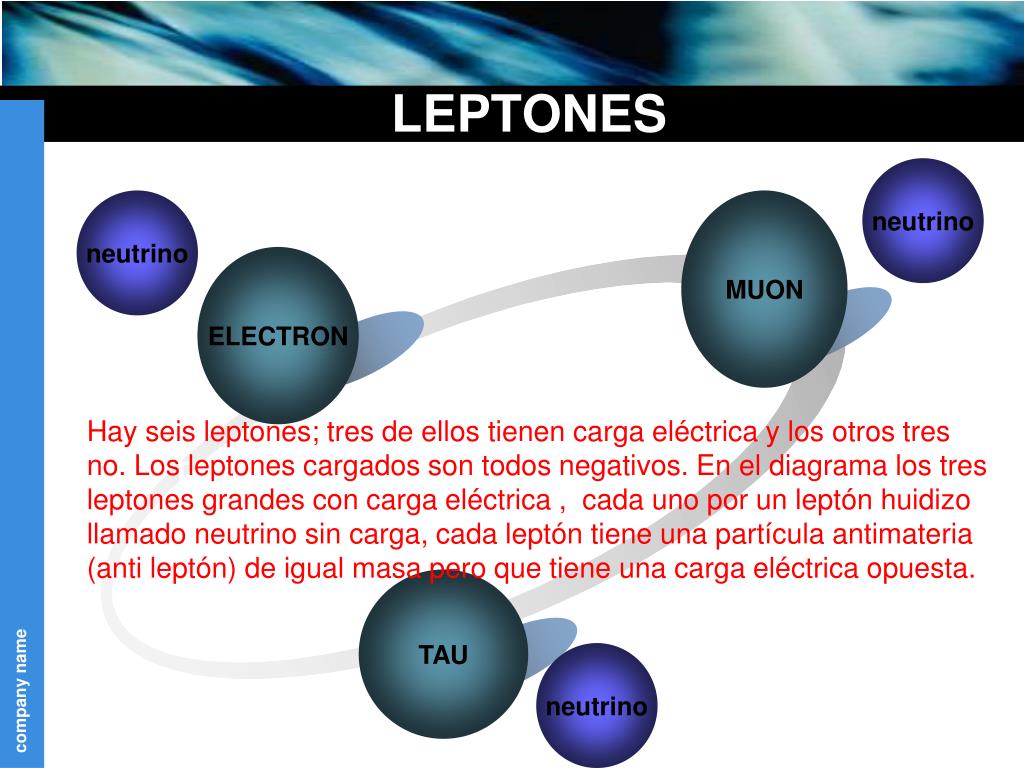

Baratta, Introduction to Nuclear Engineering, 3d ed., Prentice-Hall, 2001, ISBN: 8-1. Lamarsh, Introduction to Nuclear Reactor Theory, 2nd ed., Addison-Wesley, Reading, MA (1983). This is, in fact, the most common decay mode of the –. The observation of the following decay reaction leads to the conclusion that there is a separate lepton number for muons which must also be conserved. Conservation of Lepton Number – Muon Decay Since the lepton number must be equal to zero on both sides and it was found that the reaction is a three-particle decay ( the electrons emitted in beta decay have a continuous rather than a discrete spectrum), the third particle must be an electron antineutrino. The reaction involves only first-generation leptons: electrons and neutrinos: Conservation of Lepton Number – Neutron DecayĬonsider the decay of the neutron. The particle emitted with the neutron must be a neutrino. The antineutrino cannot be emitted, because in this case, the conservation law would not be fulfilled. Conservation of Lepton Number – Electron CaptureĬonsider the electron capture mode. Together with the tauon, it forms the third generation of leptons, hence the name tau neutrino. It has no net electric charge and a spin of ½. The tau neutrino is a subatomic lepton elementary particle which has the symbol ν τ. Together with the muon, it forms the second generation of leptons, hence the name muon neutrino. The muon neutrino is a subatomic lepton elementary particle that has the symbol ν μ. Together with the electron, it forms the first generation of leptons, hence the name electron neutrino. The electron neutrino is a subatomic lepton elementary particle that has the symbol ν e. Neutrinos are weakly interacting subatomic particles with ½ units of spin. A neutrino is an elementary subatomic particle with infinitesimal mass (less than 0.3 eV.?) and no electric charge.

A lepton is an elementary, half-integer spin (spin 1⁄2) particle that does not undergo strong interactions.


 0 kommentar(er)
0 kommentar(er)
